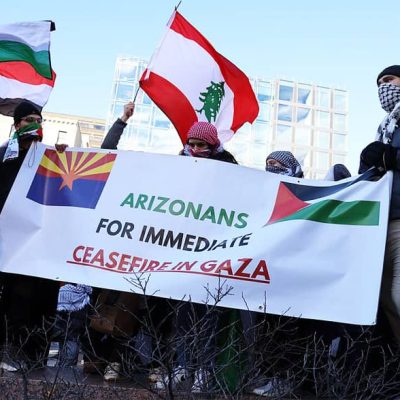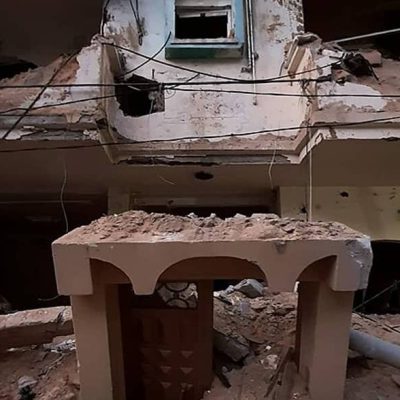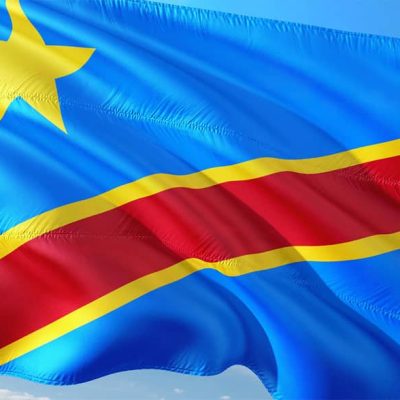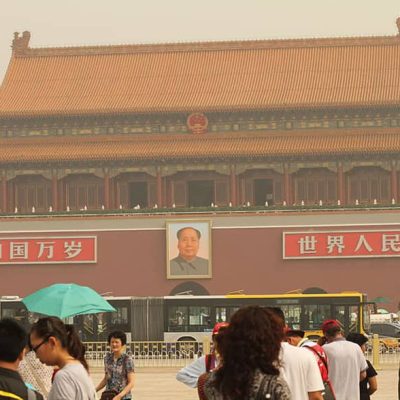 Appeals
Appeals
Yemen: Positive Action Still Needed.
Featured Image: The UK hosted the Friends of Yemen meeting on 27 September 2012 in New York alongside co-hosts the Kingdom of Saudi Arabia and the Republic of Yemen. The meeting was attended by 38 States and International Organisations. Foreign Secretary William Hague with UN Secretary General Ban Ki Moon, President Hadi and Vice Foreign Minister Prince Abdul Aziz bin Abdullah Dr. Torki Bin Mohammed Bin Saud Al-Kabir. By English: Foreign and Commonwealth Office, OGL v1.0OGL v1.0, via Wikimedia Commons.
Picture by Carl G. Friedrich
25 March is the anniversary date of the start of 28 days on continued bombing of Yemen in 2015 by the Saudi-Arabia-led coalition (Bahrain, Egypt, Jordan, Kuwait, Morocco, Qatar, Sudan, United Arab Emirates helped by arms and “intelligence” by the U.S.A. and the U.K.). The aggression by the Saudi coalition turned what had been an internal struggle for power going on from the “Arab Spring” of 2011 into a war with regional dimensions which brought Iran into the picture. The role of Iran has been exaggerated both by the Iranian government itself and by those hostile to Iran. Nevertheless, the Iranian role is real.

Arab spring participants (2020). By Paulinabial, CC BY-SA 4.0 <https://creativecommons.org/licenses/by-sa/4.0>, via Wikimedia Commons.
Since the Association of World Citizens (AWC) had been following possible constitutional developments in Yemen after the 2011 change of government, a couple of days after the 25 March 2015 bombing, the Association of World Citizens sent to government Missions to the United Nations an AWC Appeal for:
Four steps of conflict resolution and negotiations in good faith:
- An immediate ceasefire ending all foreign military attacks.
- Humanitarian assistance, especially important for hard-to-reach zones.
- A broad national dialogue.
- Through this dialogue, the establishment of an inclusive unity government open to constitutional changes to facilitate better the wide geographic- tribal structure of the State.
Six-Region Federation as the Political Structure for Yemen.
While the constitutional form of the State structures depends on the will of the people of Yemen ( if they were able to express themselves freely) the Association of World Citizens proposes consideration of con-federal forms of government which maintain cooperation within a decentralized framework. In 2014, a committee appointed by the then President, Abdu Rabbu Mansur Hadi, had proposed a six-region federation as the political structure for Yemen.
Until 1990, Yemen was two separate States: the People’s Democratic of Yemen in the south with Aden as the capital, and the Yemen Arab Republic in the north with Sana’a as capital. In 1990, the two united to become the Republic of Yemen. The people in the south hoped that the union would bring the economic development which had been promised.

Sitting down for a meeting, Yemen President Abd Rabuh Mansur Hadi listens as Secretary of Defense Chuck Hagel welcomes him to the Pentagon July 30, 2013. By U.S Defense Department, CC BY 2.0 <https://creativecommons.org/licenses/by/2.0>, via Wikimedia Commons.
South Arabia.
Since, even before the Saudi-led war began, there had been very little economic and social development in the south, there started to grow strong “separatist” attitudes in the south. People of all political persuasions hoped to develop prosperity by ending unification and creating what some have started calling “South Arabia” Today, these separatist attitudes are very strong, but there is no agreement on what areas are to be included in a new southern state, and the is no unified separatist political leadership.
Very quickly after 25 March 2015, many governments saw the dangers of the conflict and the possible regional destabilization. Thus there were U.N.-sponsored negotiations held in Geneva in June 2015. The Association of World Citizens worked with other NGOs so that women should be directly involved in such negotiations.
However women have not been added to any of the negotiations and are largely absent from any leadership role in the many political factions of the country. There have been U.N. mediators active in trying to get ceasefires and then negotiations. There have been some temporary ceasefires, but no progress on real negotiations.
Saudi Arabia and Iran under the sponsorship of the People’s Republic of China.
Today, the war continues with the country’s fragmentation, continued internal fighting and impoverishment leading to a disastrous humanitarian crisis. There is a glimmer of possible conflict resolution efforts due to the recent mutual recognition of Saudi Arabia and Iran under the sponsorship of the People’s Republic of China. However, creating a national society of individuals willing to cooperate will not be easy. Regional divisions will not be easy to bridge. There have already been divisions within the Saudi-led Coalition. Thus, positive action is still needed. Non-governmental organizations should seek to have their voices heard.
René Wadlow, President, Association of World Citizens.

President, Association of World Citizens (AWC).
Estudied International relations in The University of Chicago.
Estudied Special Program in European Civilization en Princeton University
Here are other publications that may be of interest to you.
Burma’s Crumbling Junta
February first marked the anniversary of the military coup which overthrew the government of Aung San Suu Kyi in 2021. She was in practice the leader of the government but…
Preventing the Expansion of the Gaza Conflict: Are Peace Brigades a Possibility?
Antony Blinken, the U.S. Secretary of State, has been again in the Middle East working to prevent the violence of the Gaza Strip of spreading to much of the area. …
World Citizens Call for an Inmediate End to Hostilities between Israel and Hamas, and for a Genuine Peacebuilding Effort in the Middle East.
Featured image: The impact of the Israeli bombing on a civilian building in Gaza (2021). By Osama Eid, CC BY-SA 3.0 https://creativecommons.org/licenses/by-sa/3.0, via Wikimedia Commons. The AWC, a Nongovernmental Organization…
World Humanitarian Day: A Need for Common Actions.
Featured Image: Photo by Wylly Suhendra on Unsplash. The United Nations General Assembly has designated 19 August as “World Humanitarian Day” to pay tribute to aid workers in humanitarian service…
Peace Planners: Awake!.
Featured Image: Photo by Eddie Kopp, Unsplash. The recent NATO Summit in Vilnius is an indication that the war planning community is busy at work in the spirit of Von…
Track Two Efforts Needed to Reduce China-India Frontier Tensions.
Featured Image: Arunachal Pradesh – India. Photo by Unexplored Northeast, Unsplash. There has been a constant buildup of military forces by the governments of both India and China along their common frontiers. …
Democratic Republic of Congo: Sky Getting Darker.
Photo by jorono, Pixabay. The armed conflict in the eastern area of the Democratic Republic of Congo (RDC) on the frontier with Rwanda seems to be growing worse and is…
World Refugee Day.
June 20 is the United Nations (UN)-designated World Refugee Day; marking the signing in 1951 of the Convention on Refugees. The condition of refugees and migrants has become a “hot”…
4 June: Memories of Tiananmen Square.
4 June makes the security forces in China somewhat uneasy, especially in Hong Kong where, in the past, there were large memorial meetings tp remind people of 4 June 1989…
International Day of the Oceans.
Featured Image: Photo by Marek Okon, Unsplash. Progress on Asian Maritime Delimitations Needed. 8 June has been designated by the United Nations General Assembly as the International Day of the Oceans to…









